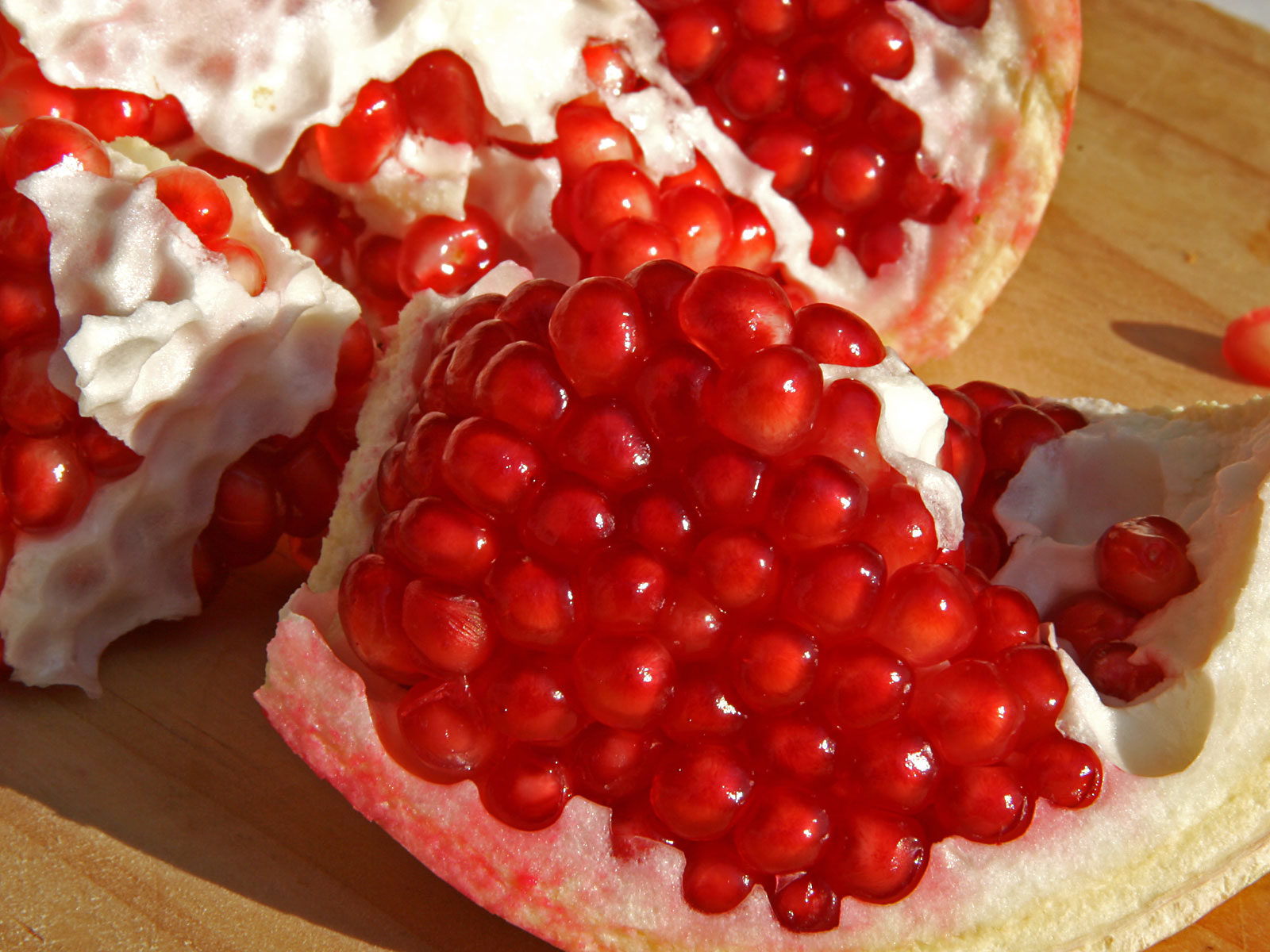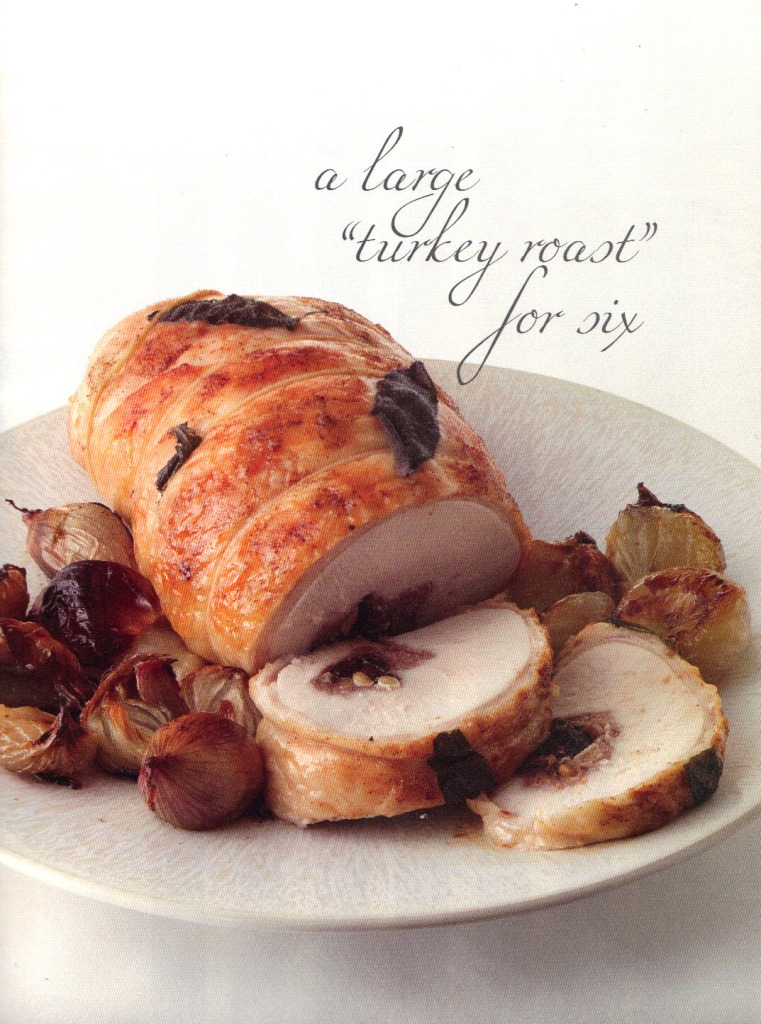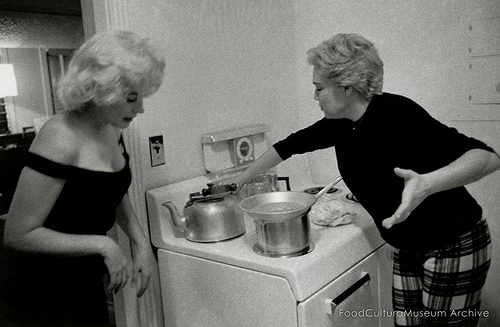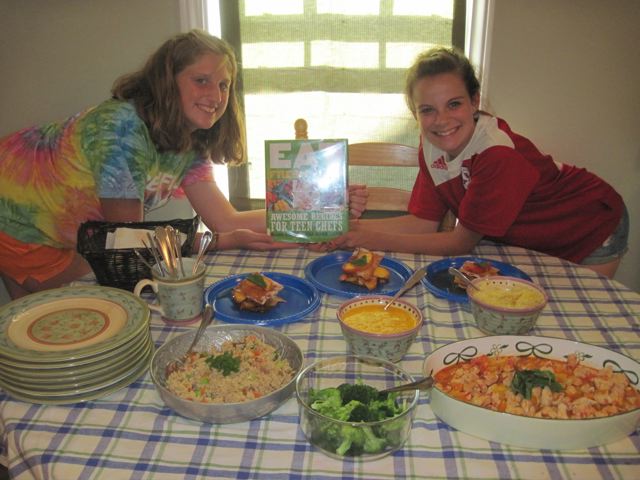Years ago when I was a young chef, I used to enter recipe contests designated for professional chefs only. Much to my surprise I won each one of the three I entered. One was for white rice, one for Bisquick, and the other for fresh cranberries. It's not that I was the best chef in the country, or even had the best dish, but my recipe titles were always intriguing and the flavors were always bold. There was Jade Rice with Shrimp and Scallops; Mile-High Tamale Pie, and Spiced Cranberry Chutney, respectively. Adding fresh mango, cardamom, mustard seed and pepper flakes to traditional-style cranberry sauce was a bit of culinary derring-do way back then.
Years later, when creating a repertoire of dishes for my 1-2-3 books, I experimented with cranberries, again, but this time in a most radically simple way. Three simple elements: fresh cranberries, sun-dried cherries and dark brown sugar, coalesced into two entirely different dishes: One version was raw and the other, cooked. I loved the contrast, the ease, and the fun in experiencing the disparate qualities from the same ingredients -- the first, a tart relish, the other a sultry compote.
designated for professional chefs only. Much to my surprise I won each one of the three I entered. One was for white rice, one for Bisquick, and the other for fresh cranberries. It's not that I was the best chef in the country, or even had the best dish, but my recipe titles were always intriguing and the flavors were always bold. There was Jade Rice with Shrimp and Scallops; Mile-High Tamale Pie, and Spiced Cranberry Chutney, respectively. Adding fresh mango, cardamom, mustard seed and pepper flakes to traditional-style cranberry sauce was a bit of culinary derring-do way back then.
Years later, when creating a repertoire of dishes for my 1-2-3 books, I experimented with cranberries, again, but this time in a most radically simple way. Three simple elements: fresh cranberries, sun-dried cherries and dark brown sugar, coalesced into two entirely different dishes: One version was raw and the other, cooked. I loved the contrast, the ease, and the fun in experiencing the disparate qualities from the same ingredients -- the first, a tart relish, the other a sultry compote.
It certainly is the time of year to be thinking about such things. Cranberries are harvested in the fall after the berry (originally white) takes on its distinctive garnet color. And there is no Thanksgiving table in America (or in Canada on their Thanksgiving day) that will be devoid of the super-fruit in some form. Somehow the Native Americans knew of their beneficial medicinal properties long before the word anthocyanin was known.
Today, I am going to re-test that decades-old prize-winning cranberry chutney and give you the results tomorrow. Today, "the tale of two cranberries." (Adapted from Recipes 1-2-3 Menu Cookbook.)
Ruby Cranberries with Sun-Dried Cherries: Relish and Compote Relish
12 ounces (about 3 cups) cranberries 4 ounces (about 3/4 cup) sun-dried cherries 3/4 cup packed dark brown sugar
Put cranberries and dried cherries in a small bowl. Mix gently. Add half the mixture to a food processor. Process until coarsely, but evenly, chopped. Transfer to bowl. Repeat with remaining mixture. Add brown sugar, a pinch of salt, and a grinding of black pepper. Mix very well so that the sugar dissolves and gets incorporated. Cover and refrigerate 24 hours before serving. Makes 2-1/2 cups
Compote 2/3 cup packed dark brown sugar 12 ounces (about 3 cups) cranberries 4 ounces (about 3/4 cup) sun-dried cherries
In heavy medium saucepan, put 1 cup water, brown sugar, pinch of salt and freshly ground black pepper. Bring to a boil; add cranberries and dried cherries. Return to a boil, reduce heat and cook over medium heat for 10 minutes, or until cranberries have popped and sauce has thickened. Cool at room temperature, then cover and refrigerate until cold. Makes 2-1/4 cups
It's raining cranberries. Please send me your favorite recipe -- after all, it's almost Thanksgiving, a time to share.


















